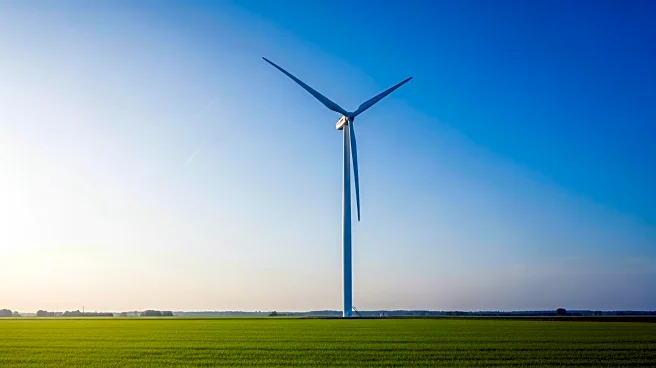What's Happening?
In July, the United States added 18 MW of new coal capacity, surpassing the 16 MW of wind capacity added, according to the Federal Energy Regulatory Commission (FERC). This development bucks the trend of coal retirements seen earlier in the year. The Trump administration has prioritized new coal, gas, and oil deployments, with the Department of Energy announcing $625 million in funding for retrofitting coal plants. Despite this, solar energy led new capacity additions with 1.18 GW in July. FERC forecasts significant additions in solar and natural gas capacity over the next few years, while coal capacity is expected to decline.
Why It's Important?
The addition of coal capacity in July highlights the ongoing policy focus on fossil fuels under the Trump administration, despite broader trends towards renewable energy. This could have implications for the U.S. energy mix and carbon emissions, as coal is a major source of greenhouse gases. The funding for coal plant retrofits aims to extend the life of existing facilities, potentially delaying the transition to cleaner energy sources. However, the significant growth in solar capacity indicates a strong market shift towards renewables, driven by cost reductions and policy incentives.
What's Next?
Looking ahead, FERC projects substantial growth in solar and natural gas capacity, with no new coal capacity expected. The retirement of coal and natural gas plants will continue, aligning with global decarbonization goals. The U.S. energy sector may face challenges in balancing fossil fuel interests with the need for sustainable energy solutions. Stakeholders, including policymakers and energy companies, will need to navigate these dynamics to ensure a stable and clean energy future. The focus will likely remain on expanding renewable energy infrastructure and improving grid resilience.












